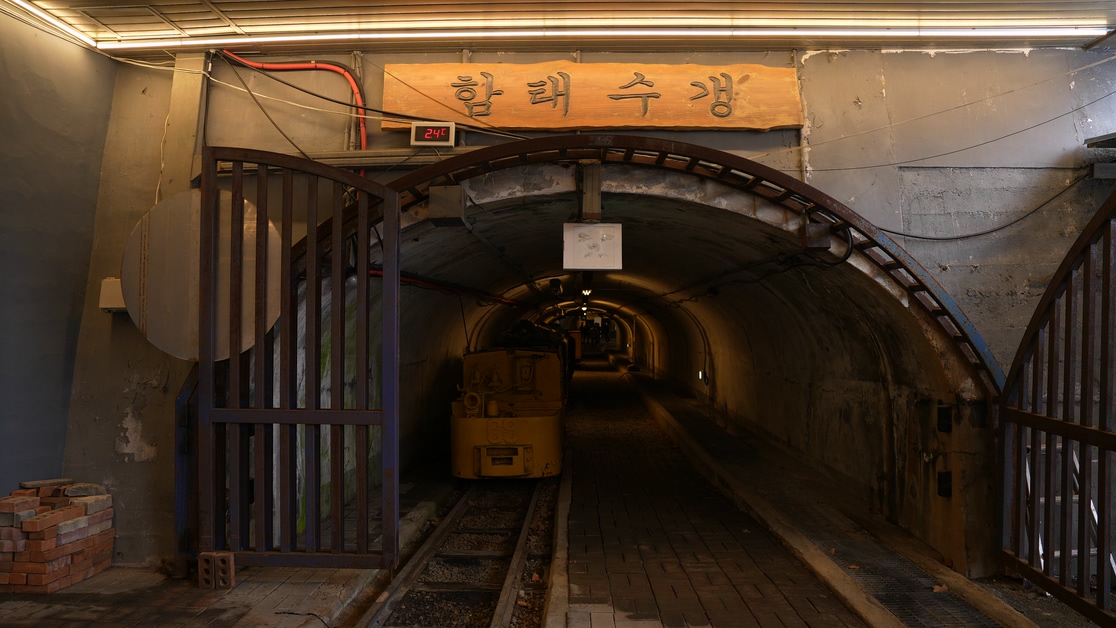Now Reading: From Abandoned Mine to Korea’s Moon Exploration Hub
-
01
From Abandoned Mine to Korea’s Moon Exploration Hub
From Abandoned Mine to Korea’s Moon Exploration Hub

Swift Summary
- The Korea Institute of Geoscience and Mineral Resources (KIGAM) has repurposed an abandoned mine in Taebaek City, South Korea, into a research facility for lunar resource exploration technologies.
- This initiative utilizes the mine’s habitat to simulate conditions on the moon for testing technologies such as lunar rover prototypes and resource extraction devices.
- Technologies demonstrated include rovers equipped with laser-Induced Breakdown Spectroscopy (LIBS) systems that map and analyze lunar soil, alongside tools capable of extracting elements like water or oxygen from regolith.
- Helium-3, a potential clean energy source for fusion power, is highlighted as a priority target among lunar resources due to its scarcity on Earth but relative abundance on the moon. rare-earth elements are also identified as critical resources for semiconductors and batteries.
- KIGAM partners with various South korean institutes to advance space technology development and aims to finalize around 10 key exploration systems by 2029.
- despite progress, challenges remain in replicating exact lunar conditions such as gravity differences; future plans include adding zero-gravity chambers or vacuum pumps within the facility.
!Image: Rover rolling on rocks near tracks
!Image: Device heating regolith
Indian Opinion Analysis
KIGAM’s innovative approach of converting abandoned mines into experimental sites demonstrates how existing infrastructure can be reimagined sustainably while addressing global scientific goals like space exploration. From India’s viewpoint, this project highlights potential avenues where its own mass-scale mining legacy could be similarly leveraged-particularly through public-private partnerships-to advance cutting-edge research in extraterrestrial resource utilization.
India’s Chandrayaan missions have already laid important groundwork in mapping lunar elements such as water ice on polar regions; emulating KIGAM’s focus on heliospheric-pleasant materials like helium-3 could strengthen India’s long-term positioning in fusion energy development-a sector lasting yet untapped globally due to technological limitations.
Moreover,fostering collaboration between institutions like ISRO and domestic expertise akin to KIGAM may inspire more investment from both government-backed organizations and private enterprises towards scalable solutions including CubeSat innovations or ISRU (In-Situ Resource Utilization).If explored pragmatically over time alongside policy coherence regarding rare-earth demand alleviating reliance disrupting imports frequently bottleneck production industries-this drive aligns futuristic space economic investments optimally reshapes ecosystem timelines sustainable yet technologically leading narratives longer-term reach capacity national-level applied ecosystems-test zones























